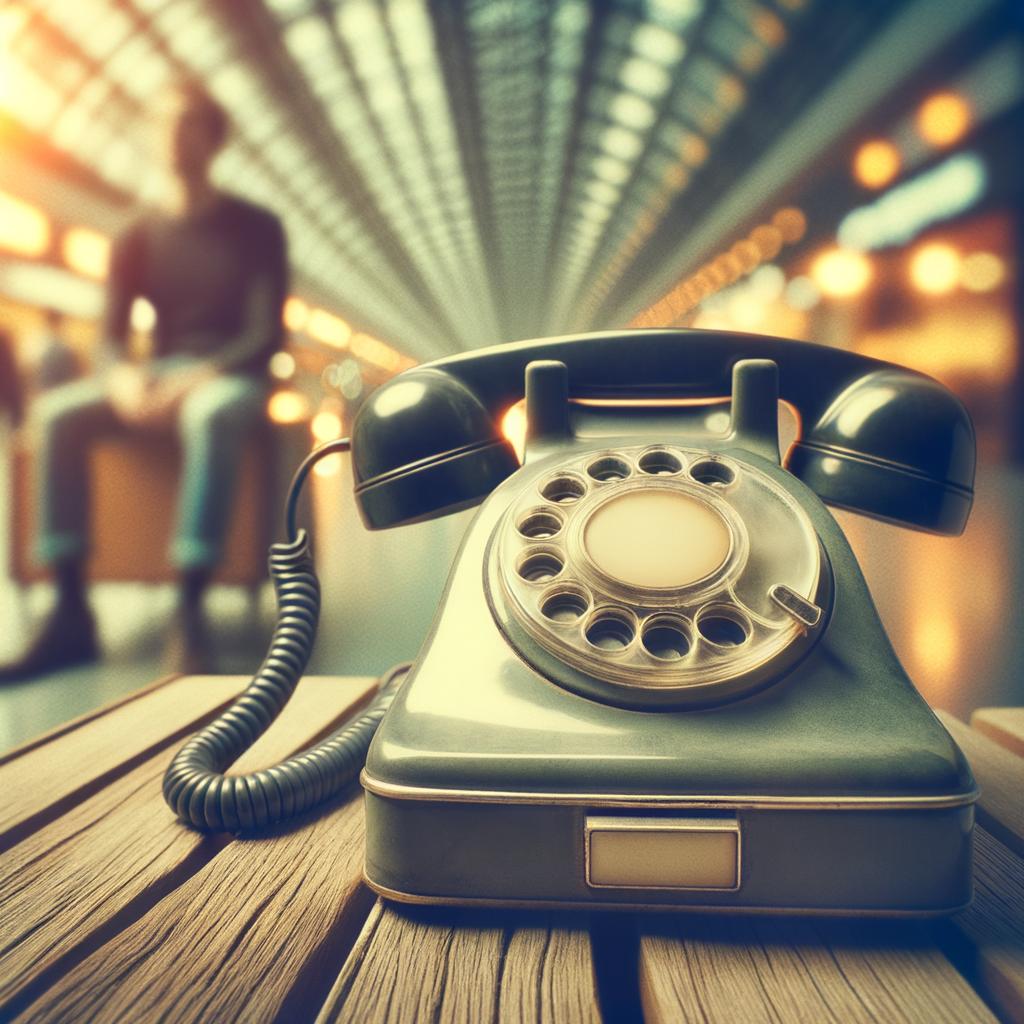While sitting at Martha’s Diner–a relic in our dear Schenectady, still adorned with vinyl booths and Formica counters–I found myself sinking into one of the restaurant’s creaky, outdated swivel stools, and began my daily examination of mankind. Across the counter, a gaggle of teens huddled over their cellphones, eyes glued to the screen, fingers flying over the glass surfaces in a flurry. Their conversation was an odd symphony of clicks, chirps, and the occasional “OMG!” Suddenly it struck me: the art of face-to-face conversation is becoming as extinct as Martha’s almost inconceivable refusal to serve avocado toast.
Can you remember a time when a conversation demanded more than an emoji reaction? Or when ‘LOL’ wasn’t the encapsulating response to a well-delivered punchline but a heartfelt laugh shared between individuals? Have we reached the point of no return where “IRL” (in real life, for those who are fortunately out-of-the-loop) conversations become relics of the past, traded for “TTYLs” and “BRBs”?
This observation isn’t a novel one. A Pew Research Center study conducted in 2019 found that 81% of American adults own a smartphone, a percentage that rises to an alarming 96% when looking at adults under the age of 50. Now, these nifty devices promise meaningful connection at our fingertips – LinkedIn introduces you to career prospects, while Facebook allows you to catch up with Cousin Jimmy in Omaha without getting out of your recliner. But as we interact more through screens, the tenets of sincere conversation are being bulldozed by abbreviations and emoticons.
Growing up in Schenectady, the youngest among seven siblings, a shortage of face-to-face conversation was never an issue. Life was filled with dialogue, discussions, and admittedly rampant arguments. My family consumed its meals together, debating topics over the dinner table that ranged from JFK’s presidency to the merits of the Beetles. We didn’t just express ideas, we learned to listen, to challenge, and to participate in engaging conversation. It was part of the very fiber of our communal existence.
Fast forward to today – my diner conversations are usually one-sided, my stories often interrupted by “dings” and “pings”. I’ve retorted to countless hollow gazes and disengaged replies that it’s become second nature to watch for the telltale signs of smartphone addiction. As I attempt to discuss the local Yankees game or the new town ordinance, my companion’s eyes flicker down to their phone screen, attention drawn away by the world in their palm. Important nuances invariably lost, as conversation becomes a subtitled secondary show, rewritten by autocorrect and punctuated by beeps.
Granted, technology offers invaluable communication tools. I have my own cellphone and have benefited from text message convenience, Google Maps, and the ability to check the weather without waiting for the evening news. However, it’s the over-reliance on these devices that threatens to obliterate our capacity for meaningful conversation.
A study from Brigham Young University in 2012 found that individuals who heavily use their phones in public settings were often considered less polite, and worse, less likely to engage in “interpersonal connectedness,” a fundamental tool for empathy. The ability to express and perceive emotions, to provide undivided attention, is corroding day by day as we succumb further to the call of these bright screens.
I am, undoubtedly, a relic of a bygone era. Perhaps I view the past with sepia-toned nostalgia – it’s only human. I am aware that with progress comes change, and sometimes loss. I do confess, however, to longing for a resurgence of dialogue that doesn’t involve thumbs or 280-character limits. I yearn for a world in which the art of conversation isn’t a pricey Picasso hanging in a private collection, but a simple postcard of connectivity available for all to see and experience.
Our society is richer when we listen as well as speak, when we take time to understand others’ perspectives and aren’t restricted to just 140 characters. As the humble denizens of Schenectady, and beyond, it’s time we put down our screens and restore conversation to the bubbling street corners, lunch counters, and baseball bleachers. To quote that old song: “it’s good to touch the green, green grass of home”, that is, cell phone-free and conversation-rich.
Remember, the best conversations aren’t just composed of carefully crafted statements or a cyclone of emoji reactions, but irreplaceable moments of raw laughter, understanding, empathy, and connections that only truly live in the realm of face-to-face interaction. And this, my friends, is a piece of art worth preserving.



